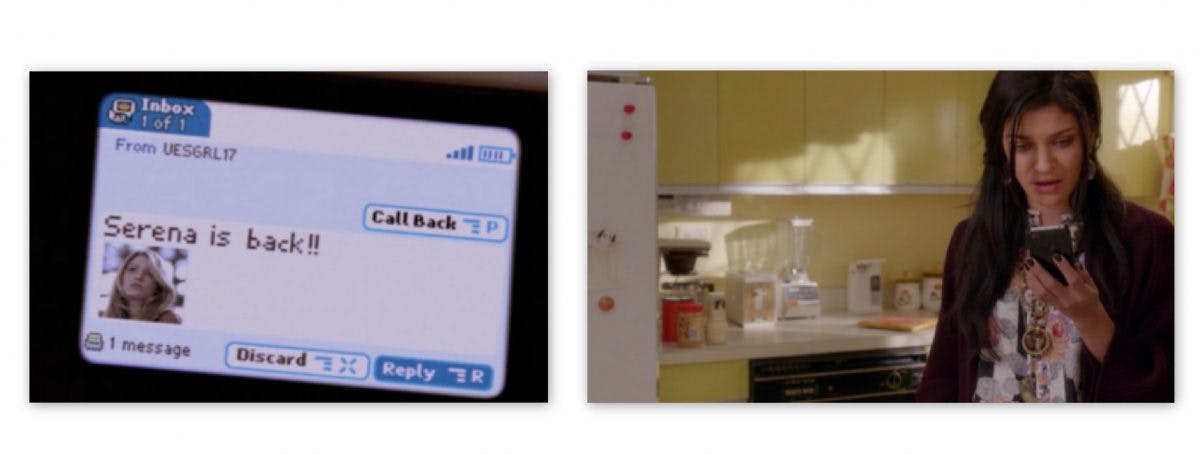Communication is key
How often do we see a two-way conversation between actors who are communicating by text in a film or television programme? Also, how often do we see the character’s computer screen whilst they are replying to an email or browsing the internet? Rarely. But why is this? Why are modern human interactions such as texts or emailing, even in these high-tech times, so hard to film?
Recently, The Atlantic ran an article that made POP’s ears perk up. Film and television technology, artistry and style is transcending boundaries and advancing at a rapid rate.
“The contemporary filmmaker’s challenge is capturing the human relationship with text at a time when text-based communications are intricately woven into the social fabric of daily life but take place mostly on tiny, personal screens.”
The first text to appear within a film happened in 1906 and it came in the form of exclamation marks and question marks, representing the aftermath of a car crash.
“Ever since their first collision, film and text have been integrated in myriad styles and for a variety of storytelling and stylistic functions.”
100 years on, we see text appear in film and television shows such as Gossip Girl and Scott Pilgrim vs The World however most directors still tend to shy away from filming a mobile phone screen or computer screen and putting it on an even bigger screen- the cinema screen. Films such as The Hills Have Eyes, even make a point of avoiding phones or technology by referring to “a lack of signal”.


Texting is a visual activity so in theory it should work…shouldn’t it?
Arguably filming a mobile phone screen does come with its disadvantages. The mobile phone has to be visible on the screen long enough for us to read it, resulting in an interruption of the actor’s performance. But filmmakers are starting to work around this problem. The instances of on screen texting has increased in the last five years as have the myriad ways that allow the filmmaker to combine action and reaction.
In Sherlock for example, we see how carefully text is integrated into certain scenes. The text conversation floats in the middle of the screen. No speech bubble or graphic – just text. By including white text it avoids the risk of Sherlock looking outdated as soon as a new phone update emerges. It also allows the audience to see the character’s reaction as he receives the text. It is quite a clever solution.

Film makers and television producers are clearly trying to find successful ways of presenting communication by text.
How successfully do you feel new forms of communication are currently being visualised on screen?
Read the full article here
